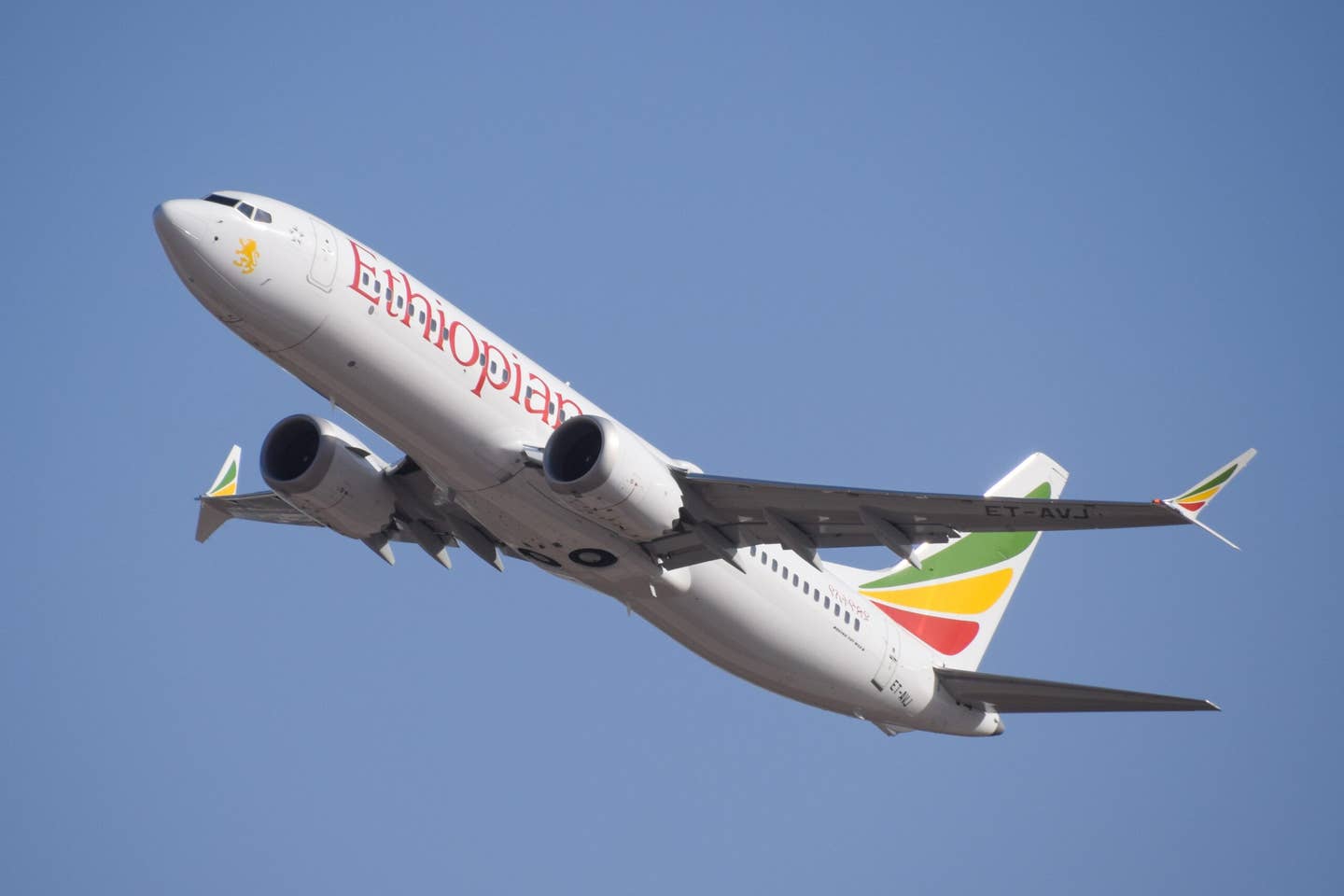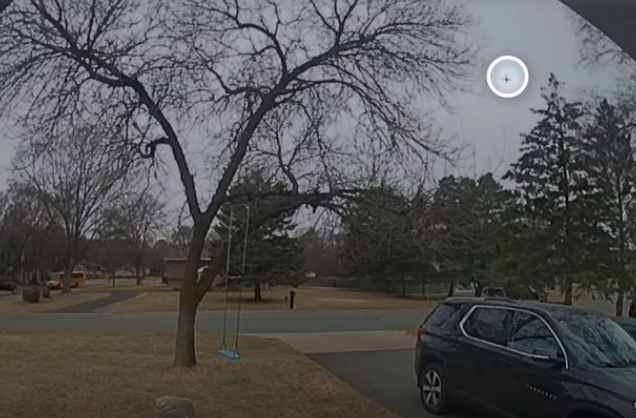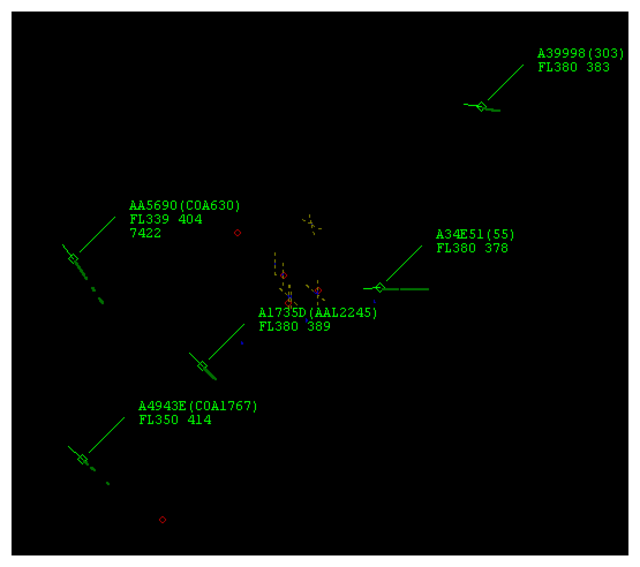NTSB Challenges Ethiopian Aviation Authority On Max Crash Final Report
Today (Dec. 27), the National Transportation Safety Board (NTSB) published comments it had supplied to the Ethiopian Aircraft Accident Investigation Bureau (EAIB) regarding the March 10, 2019, crash of Ethiopian…

Image: via Wikipedia
Today (Dec. 27), the National Transportation Safety Board (NTSB) published comments it had supplied to the Ethiopian Aircraft Accident Investigation Bureau (EAIB) regarding the March 10, 2019, crash of Ethiopian Airlines Flight 302, a flight involving a Boeing 737-800 Max aircraft. The board said the EAIB “failed to include the NTSB’s comments in its final report on its investigation.” The NTSB received the EAIB final accident report today.
According to the board, in its draft report, the EAIB did not include salient input from the NTSB, including the following NTSB assessment of probable cause in the accident:
“We agree that the uncommanded nose-down inputs from the airplane’s MCAS system should be part of the probable cause for this accident. However, the [EAIB’s] draft probable cause indicates that the MCAS alone caused the airplane to be ‘unrecoverable,’ and we believe that the probable cause also needs to acknowledge that appropriate crew management of the event, per the procedures that existed at the time, would have allowed the crew to recover the airplane even when faced with the uncommanded nose-down inputs. We propose that the probable cause in the final report present the following causal factors to fully reflect the circumstances of this accident:
• uncommanded airplane-nose-down inputs from the MCAS due to erroneous AOA values and
• the flight crew’s inadequate use of manual electric trim and management of thrust to maintain airplane control. In addition, we propose that the following contributing factors be included:
• the operator’s failure to ensure that its flight crews were prepared to properly respond to uncommanded stabilizer trim movement in the manner outlined in Boeing’s flight crew operating manual (FCOM) bulletin and the FAA’s emergency airworthiness directive (AD) (both issued 4 months before the accident) and
• the airplane’s impact with a foreign object, which damaged the AOA sensor and caused the erroneous AOA values.”
In its statement today, the NTSB further asserted, “The EAIB provided the NTSB with its first draft of the report last year. The NTSB reviewed the report and provided comments on several aspects of the accident the NTSB believed were insufficiently addressed in the draft report. The comments primarily were focused on areas related to human factors.”
Finally, the board also wrote today, “The NTSB also noted that the final report included significant changes from the last draft the EAIB provided the NTSB. As a result, the NTSB is in the process of carefully reviewing the EAIB final report to determine if there are any other comments that may be necessary.”






